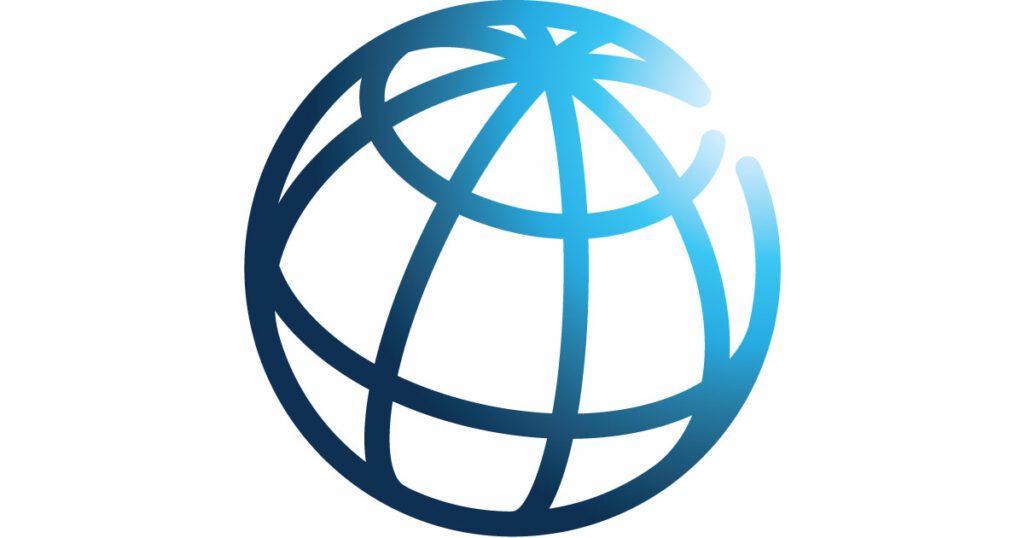Nicaragua is the largest country in Central America, covering 130,373 square kilometers. Its economy relies on producing light manufacturing, services, and agriculture. In recent years, Nicaragua has benefited from foreign direct investment, at 6.7 percent of Gross Domestic GDP (GDP) with a slight decline from 2022, and remittances, which rose to 26.1 percent of GDP compared to 20.6 the previous year.
The country has great potential for development, but it remains one of the region’s poorest countries. While trade openness has increased, Nicaragua’s exports consist mainly of low-complexity products. In addition, the country is highly vulnerable to external shocks and natural hazards. Its growth potential is limited by low levels of human capital, infrastructure gaps, a volatile business environment, and quality of policy. However, the country has opportunities for sustainable growth by investing in human capital, improving access to basic services, strengthening access to international markets, and adding value to manufacturing and services.
The GDP grew by 4.6 percent in 2023, from 3.8 percent in 2022, driven by the growth in the services sector, particularly hotels, restaurants, and retail. Despite a slowdown in net external demand, remittances buoyed private consumption while improved economic expectations boosted investment. Growth slowed to 3.6 percent in 2024, with the monthly economic activity index growing 1.7 percent in June 2024, due to reduced production in fishing, livestock, agriculture, and manufacturing.
The employment rate reached 66.9 percent in the second half of 2023, close to pre-pandemic levels, due to sustained growth, lower inflation, and increased remittances. The employment rate for women (54.9 percent in June 2024) has increased in recent years but remains well below that for men (75.9). Poverty (US$3.65/day 2017 PPP) is estimated to have declined to 12.5 percent in 2023 from 13.1 percent in 2022.
The macroeconomic outlook faces downside risks from exposure to natural disasters, volatility of food and oil prices, economic downturns in key trading partners, and tighter financial conditions. These factors could disrupt trade and external flows, leading to inflation that reduces purchasing power, higher unemployment, and poverty, as well as challenges for refinancing public debt.
Last Updated: Oct 08, 2024
Source link : http://www.bing.com/news/apiclick.aspx?ref=FexRss&aid=&tid=670f7653e18041e696905399af5b627b&url=https%3A%2F%2Fwww.worldbank.org%2Fen%2Fcountry%2Fnicaragua%2Foverview&c=4167816899370749052&mkt=en-us
Author :
Publish date : 2024-10-07 13:00:00
Copyright for syndicated content belongs to the linked Source.
